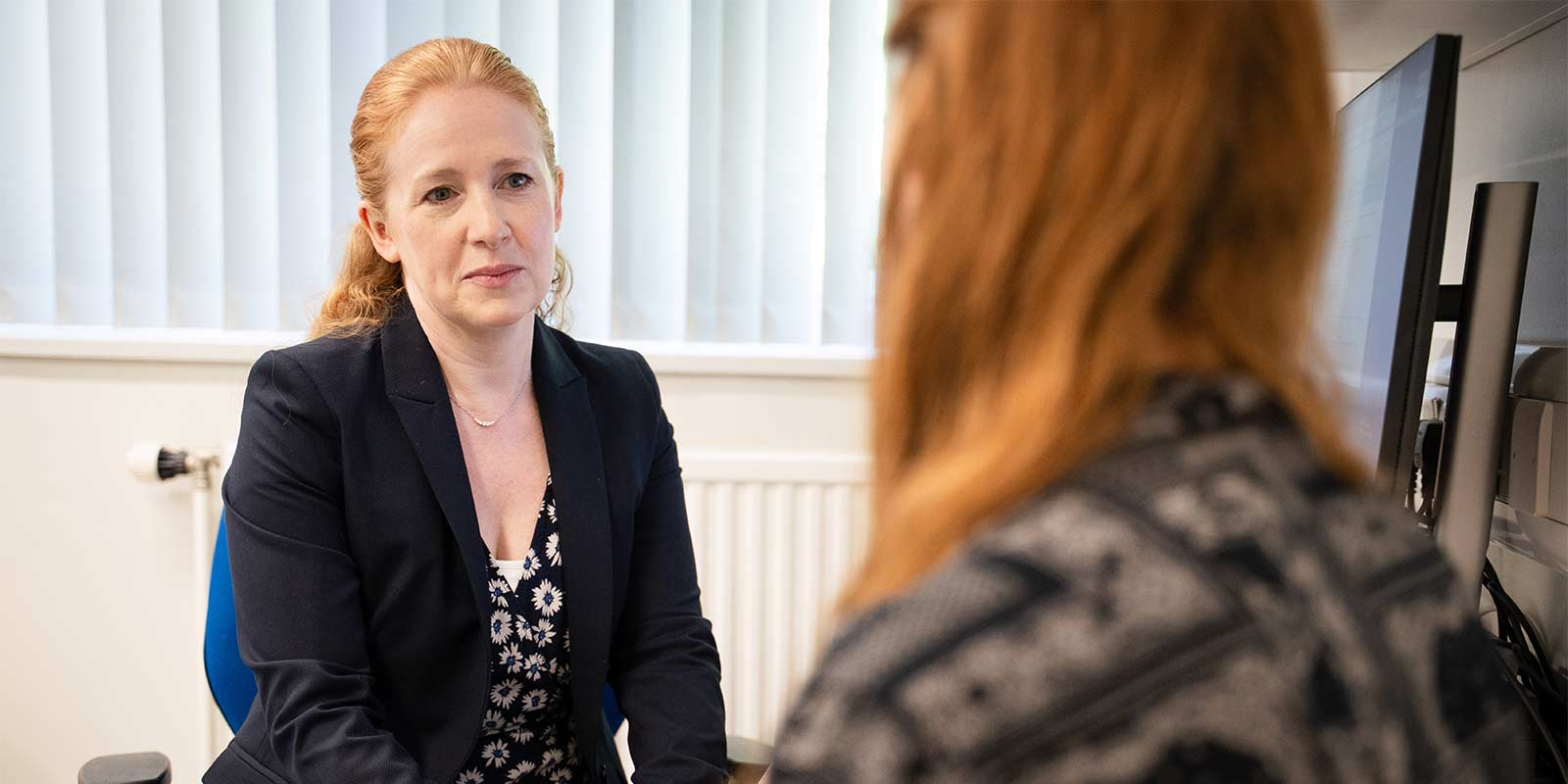
When the Department for Health and Social Care (DHSC) launched a call for evidence in 2021 to inform their first ever Women's Health Strategy, 84% of the 100,000 responses reported not feeling 'listened to or taken seriously' by healthcare professionals.

This is something Dr Steph Cook, a GP from Liverpool and the Clinical Lead for the Cheshire and Merseyside Women’s Health Hub, is working hard to rectify.
'We know there is a bias in how healthcare is tailored, and that historically most medical research has been conducted on men rather than women, so there is a huge unmet need'.
This sits against a backdrop of long waiting lists. In July last year it was reported that over three quarters of a million people in the UK were waiting for hospital gynaecology services.
'In the northwest of England, a woman can wait up to 18 months for a gynaecology appointment – one of the longest waiting times in the country - so the need to address these problems is greater than ever.
On top of this, Steph explains that the fragmented commissioning, stemming from 2012 reforms, separated gynaecology and contraceptive services and created siloed, fragmented commissioning pockets. When fitting a coil, ‘the local authority pays for the fit if it’s for contraception, and the ICB pays if it’s for gynaecology. This makes the process complicated and tedious, and many areas will not commission primary care for gynaecological coil insertions at all.’
Steph sees the women's health hubs across Liverpool as being able to 'stand in this gap' and provide enhanced services, sometimes even avoiding secondary care referrals.
Her hub involves different GP practices in a local area pooling services and care in order to utilise all the skills and expertise of those involved, helping to ensure women can access the variety of services they need.
'For example, one practice may have additional services such as a menopause specialist or a coil fitter, and one may not. So instead of two women who live in the same postcode having drastically different experiences - one has to wait 18 months, and the other doesn't - we can refer to a GP down the road who can provide what they need'.
She explains that, working with her commissioner, the service was first set up to allow coil and implant fittings for patients in one locality in the city, this model soon spread to other PCNs and then began piloting sexual health screening, ring pessary procedures and more recently some menopause services.
'The aim of the hub is to facilitate better access for women, better continuity of care and fewer barriers to care - so that they don’t have to have multiple appointments, and don’t have to go to all these different places to get the things they need'.
Access is something the team have worked hard on, they've enabled self-referral, where a patient can scan a QR code and book themselves an initial telephone appointment or they can speak to the GP receptionist who can book them in directly for a triage call. During the call, the patient will speak to a trained clinician who will arrange for an appointment at the hub.

Steph also emphasises the importance of having GPs as key members of the Women’s Health Hub workforce. 'As GPs we are brilliant at holistic care, we understand how to link health conditions together and treat the patient as a whole, rather than lots of separate health conditions. This is what women's health hubs are all about'.
Steph understands the concern from some that these kind of hub models could risk ‘de-skilling’ general practice but argues that ‘if clinical pathways and referral criteria are well designed, this is not something we need to fear’. Steph adds ‘on the contrary, many women experience long delays and have to present multiple times before their symptoms are recognised and managed correctly’.
She sees women's health hubs as being an 'interface' between primary and secondary care, with a clear threshold for referral up and then onwards. Most of the hubs work out of the GP estate and draw on the skills and knowledge that already exist.
The benefits are clear, analysis has shown that for every £1 spent on a hub, the return is five times that in the resulting benefits. According to the Government, 93% of ICBs now have a women's health hub, but Steph points out that one hub could serve a population as small as 1000 women, but an ICB could have a population as large as 3 million.
She argues that, after historic neglect, women’s health needs to be supported and commissioned properly if women are going to be able to access the timely, joined up care they need.
She wants to see greater investment in women’s health hubs, as well as across primary care as a whole, which she argues is the only way that the Government is going to meet its commitment to deliver care more care in the community, where patients want to be seen and where it is most cost effective.
Thank you for your feedback. Your response will help improve this page.
